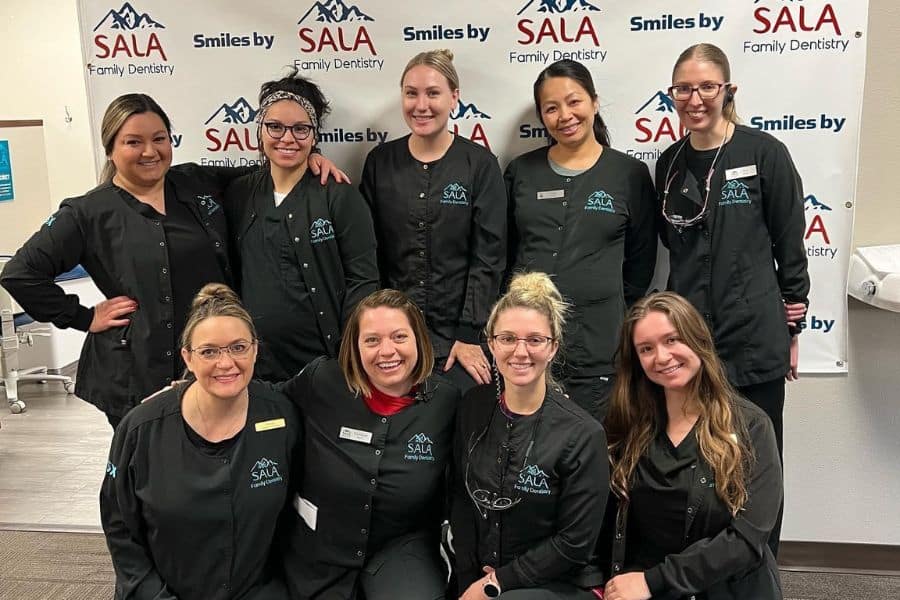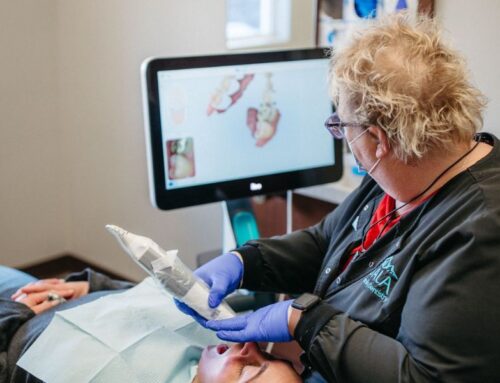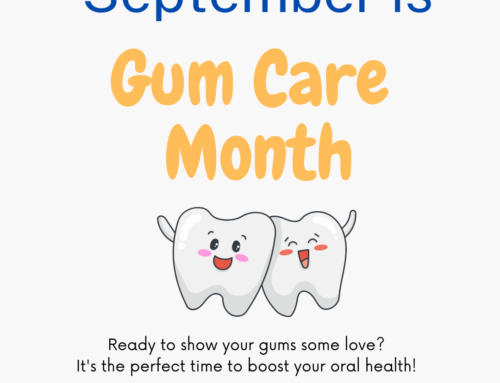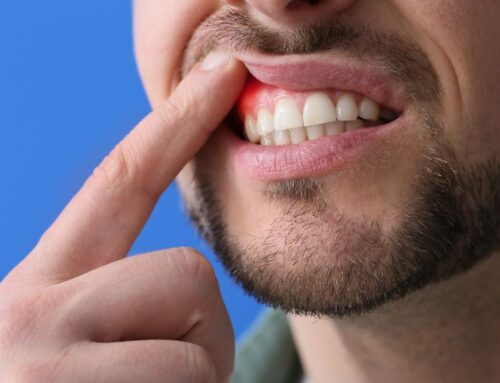
Believe it or not, springtime is just around the corner (don’t allow the constant snowfall here in Reno to fool you)! Which means you’re probably beginning to create a mental checklist of all the nooks and crannies in your home and out in the garage that need to be deep cleaned before summer gets here. While curating that list, consider perhaps adding a few boxes to check off when it comes to your health and wellness.
How often are you participating in physical exercise? How would you rate your water intake on a scale from 1 to 5? Were you aware that it is recommended we consume half of our body weight in ounces of water? Adopting new habits or re-implementing old ones that promote your overall health is a great idea and worth the time and effort, especially since it’s still so early in the year!
Do you have a designated primary care provider that you see at least once a year for an annual wellness check? If so, have you seen them this year or are you scheduled to?
Do you have an established dental home? Are you good about maintaining your six-month recare appointments to have your teeth cleaned and have x-rays taken to be reviewed by your dentist and evaluated for potential dental decay? Sala Family Dentistry is always accepting new patients and would love to welcome you to our family! Call to make an appointment today!
When you do find yourself eventually rounding up all of your household cleaning supplies and gathering up trash bags and boxes to be taken to the donation center, why don’t you also take inventory of your medicine cabinets and bathroom drawers. Make sure all of your prescription and over-the-counter medications are up to date and dispose of expired ones. The FDA does recommend specific ways to dispose of unused or expired medications, and guidance on how to go about doing so can be found at THIS LINK.

Have you been switching out your manual toothbrush every 3-4 months, as recommended by your dental hygienist? Better yet, maybe you’re finally thinking of investing in an electric toothbrush to perform more adequate daily brushing. Oral-B makes a great electric toothbrush with a round toothbrush head and a variety of settings to accommodate your pressure preferences. Did you know that studies actually show that electric toothbrushes decrease the amount of plaque and inflammation of the gums more effectively than manual toothbrushes? As you would toss your used manual toothbrush and replace it with a new one every 3-4 months, you also want to be sure to replace the toothbrush head on your electric toothbrush at the same frequency.
What about your toothpaste and mouthwash? What are your current favorites? – I’d encourage you to make sure you’re always stocked up on all of your dentifrices; there’s nothing worse than running out and going for lengths of time with holes in your oral hygiene regimen, resulting in less effective homecare and potentially increasing your risk for developing dental decay and gingivitis. Think about when you run out of your favorite shampoo or conditioner, or when the household runs through all the toilet paper or paper towels! Think about your favorite facial cleanser and moisturizer – it’s no fun to be without, so buy ahead and be prepared!


My personal favorites that we love to recommend to patients and that we use at my house are Closys mouthwash and Colgate PreviDent toothpaste. Closys mouthwash is a non-irritating, alcohol-free rinse that helps to neutralize the pH in your mouth and soothe oral tissues. It’s also extremely helpful in promoting gum health by reducing the overall bacterial load in your mouth, aiding in the reduction of bleeding and inflammation. In addition, if you ever burn the roof of your mouth, have a sore throat, or are struggling through an unpleasant canker sore, you can use Closys mouthwash to swish and/or gargle to expedite healing. Closys can also help to eliminate bad breath!
Colgate PreviDent toothpaste is my toothpaste of choice primarily due to the higher concentration of fluoride. The concentration of fluoride in the majority of over-the-counter toothpastes you’ll find at the grocery is generally 1,000 to 1,500 ppm. PreviDent toothpaste contains 5000 ppm, qualifying it as a prescription-strength toothpaste. This means that unless you purchase it in a dental office or have a prescription from your dentist, you are unable to purchase it otherwise. The higher fluoride concentration helps to remineralize your tooth’s enamel, which helps to lower your teeth’s susceptibility to decay.
The PreviDent Sensitive formula contains an additional ingredient called potassium nitrate; this helps for those of you who may experience dental hypersensitivity, possibly due to exposed root surfaces from gum recession. It’s an excellent toothpaste to use when whitening, as well, as whitening can sometimes result in sensitivity.
The PreviDent Dry Mouth formula is SLS (sodium lauryl sulfate) –free, which is the inactive ingredient that causes toothpaste to foam (also found in other products like soap and hair shampoo). The foaming brought on by SLS can exacerbate dry mouth. Your mouth is meant to be a moist environment, so when it is dry, it can easily become a breeding ground for mouth sores, excessive plaque accumulation (resulting in dental decay), and overly agitated gums. Due to the fact that individuals who suffer from chronic dry mouth are considered to be at higher risk for developing cavities, they most definitely should be using a higher strength fluoride toothpaste to help combat the cavity-developing process. This is where PreviDent Dry Mouth can help. Being SLS-free and containing a higher concentration of fluoride helps those who need both characteristics in the same product!


Flossing! How do you get it done? String floss? Floss picks? Waterpik? Flossing once daily using the C-shaped technique (“hug-and-tug method”) with string floss is recommended by dental healthcare providers across the board. Floss picks are great on the go (in the car, at work, in a restaurant), but aren’t as efficient in stimulating blood flow and removing bacterial from between the teeth and below the gum line.

True or false? — If I use a Waterpik, I don’t need to floss. FALSE.
This is a commonly misunderstood concept – using a Waterpik is a great practice to be done in conjunction with flossing, but does not substitute flossing. Daily or weekly use of a Waterpik is a great addition to a comprehensive oral hygiene regimen. Using a Waterpik is especially beneficial to help you clean around areas in your mouth that may need more attention; regions where the teeth are crowded and overlapped, areas with gum recession, margins of restorative work that has been done like bridges, crowns and implants, and if you are in braces. The stream of water that exits the tip of a Waterpik gently acts as a lavage to flush out larger deposits of bacteria and food debris that may be caught in more challenging areas of your mouth. You’d be surprised at how much additional debris can be flushed out from in between your teeth, even after flossing has already been performed!
If anything, think of me when you’re digging out all of the mop buckets, old rags, broom and Swiffer duster. Remember that spring cleaning this year could look a little different for you and your household, but in a good way. I hope that at least some of this information has been helpful and motivates you to spring into action with your oral health and overall wellbeing this year!
Happy cleaning,
Destinee Caves, RDH
Contact
Phone | (775) 376-7914
Email | info@salafamilydentistry.com
Hours
| Mon - Fri | 7:00am – 5:00pm |
| Saturday | 7:00am - 3:00pm |
| Sunday | Closed |
Location





